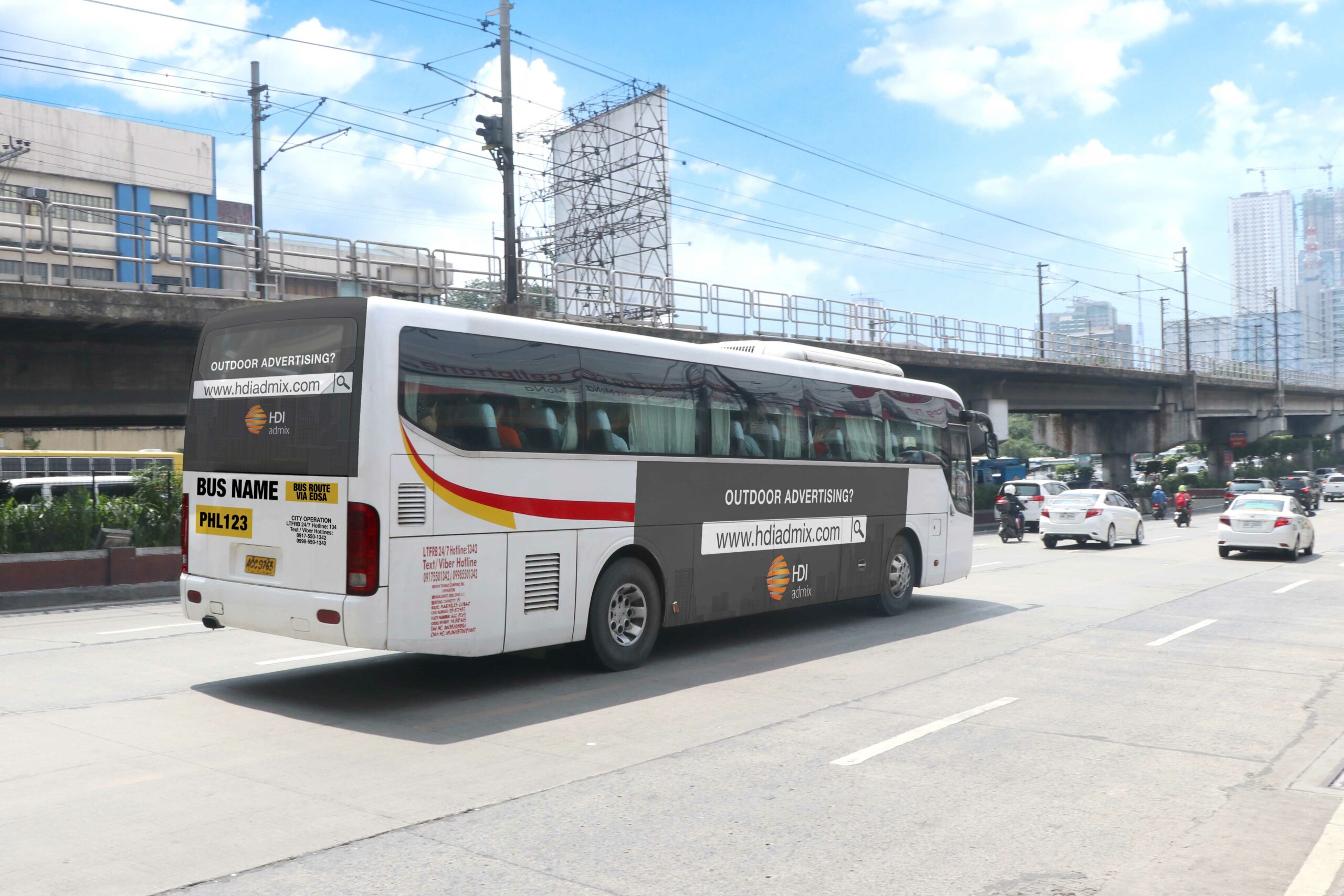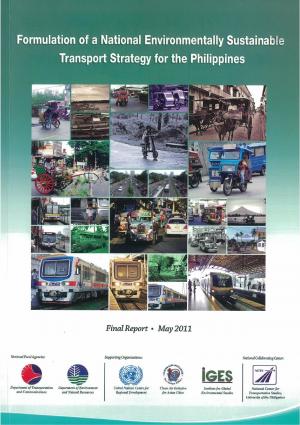Understanding the Role of Transportation Marketing in Enhancing Brand Name Visibility and Customer Engagement
Transportation advertising has actually become an essential aspect in the advertising landscape, using special opportunities for brand names to raise their exposure and involve customers effectively. With the capacity to reach a captive and diverse target market during their daily commutes, these advertising approaches are not just regarding visibility; they have to do with developing meaningful connections with prospective customers. As we explore the multifaceted benefits and cutting-edge techniques within transit advertising, it comes to be important to consider how these aspects jointly influence consumer perception and actions, raising inquiries concerning their lasting effect on brand loyalty.
Interpretation of Transit Advertising And Marketing
Transit marketing describes the technique of advertising items, services, or brand names through ads put in and around public transport systems. This type of advertising and marketing incorporates a variety of placements, consisting of posters on buses and trains, electronic screens at transit stations, and covers on the exterior of cars. It aims to reach a diverse audience, profiting from the high foot web traffic connected with public transportation.
Transportation advertising and marketing is strategically positioned to capture the attention of travelers, who typically invest substantial time traveling or waiting. By integrating ads into the daily regimens of individuals, brand names can produce an enduring perception and foster brand name acknowledgment. The medium is especially reliable in city atmospheres, where mass transit is a key mode of traveling.
In addition, transportation advertising and marketing can help with localized targeting, permitting services to reach specific demographics based upon transportation paths and station locations. As urban populaces expand and using public transportation boosts, this marketing approach has gotten prestige as an essential element of incorporated advertising methods. The vibrant nature of transportation advertising, combined with its ability to engage consumers in a restricted environment, highlights its relevance in modern advertising and marketing practices.
Advantages of Transportation Advertising And Marketing
The performance of transit advertising lies in its capacity to deliver a multitude of benefits to brands seeking to enhance exposure and interaction. Among the key advantages is the substantial reach it supplies; transit ads can effectively target varied demographics across city locations, reaching both travelers and pedestrians alike. This wide exposure substantially increases brand name recognition.
One more benefit is the high regularity of perceptions. As transit vehicles travel along well-known courses and quit at numerous places, they develop repeated direct exposure that strengthens brand messages. This regularity cultivates experience, which is essential in consumer decision-making.
Transportation marketing is also cost-effective contrasted to various other media platforms. Offered its expansive reach and capacity for high impacts, brands typically experience a lower price per thousand impressions (CPM), optimizing their advertising spending plan.
Additionally, transportation ads can create a feeling of neighborhood connection. By straightening with neighborhood transportation systems, brands can reverberate with regional audiences and cultivate a feeling of neighborhood pride. This local method enhances brand name loyalty and interaction, making transit advertising a compelling selection for services aiming to solidify their existence out there.

Reliable Methods for Transit Projects
To make best use of the impact of transit projects, brand names need to leverage tactical preparation and implementation customized to their target audience. Initially, determining the market characteristics of the audience making use of public transit is crucial. This permits brand names to produce tailored messaging that reverberates with potential customers.
Next, selecting the ideal transportation tools is crucial. Whether utilizing bus wraps, train posters, or electronic screens, each tool has distinct advantages that can enhance exposure. For example, dynamic visuals on bus wraps can stand out, while electronic advertisements can be upgraded frequently to show timely promotions.
Additionally, integrating a cohesive branding approach throughout transportation systems guarantees consistency and reinforces the brand's identity. Making use of attractive styles and memorable taglines will strengthen brand recall among commuters.
Lastly, timing is a vital element in implementing successful transit projects. Introducing campaigns during peak traveling hours or neighborhood occasions can dramatically enhance presence and interaction. By using these approaches, brand names can successfully harness the possibility of transportation advertising, fostering better recognition and link with their target market. Ultimately, a This Site well-executed transportation project can drive considerable growth in brand name visibility and customer involvement.

Measuring Influence and Engagement
In reviewing the effectiveness of transportation advertising campaigns, precise dimension of effect and involvement is important for brands looking for to maximize their advertising and marketing techniques. Metrics such as reach, regularity, and impressions provide foundational information to analyze presence. Examining these aspects assists identify the amount of potential consumers are exposed to the promotions throughout their day-to-day commutes.
Engagement can be additional assessed via customer communications, such as site traffic, social media check my source points out, and straight feedbacks to calls-to-action included in the advertisements. Using tools like QR codes or distinct Links can help with monitoring of consumer behavior straight connected to transit campaigns. Studies and feedback devices likewise act as beneficial techniques to collect qualitative data on customer perceptions and recall of the promotion.
Additionally, advanced analytics and attribution models can correlate transportation direct exposure with subsequent investing in habits, supplying insights into the roi. By employing a thorough technique that integrates quantitative and qualitative measures, brand names can establish a nuanced understanding of their transit marketing influence. Eventually, this data-driven approach makes it possible for brand names to refine their campaigns, guaranteeing they reverberate properly with target audiences and enhance overall brand presence.
Case Research Studies of Successful Campaigns
Successful transit marketing campaign offer as compelling instances of just how effective approaches can elevate brand visibility and engagement. Transit Advertising Philippines. One significant case is the "I Love New York" campaign, which changed the city's image and drew in countless vacationers. By using metro ads, signboards, and bus wraps, the project developed a strong, natural brand identification, resulting in a significant uptick in tourist and neighborhood service patronage
An additional excellent project is Coca-Cola's "Share a Coke" effort, which leveraged transportation advertising to personalize the brand name experience. By featuring popular names on advertising materials throughout different transportation platforms, Coca-Cola promoted a deeper psychological link with consumers, motivating them to share link their experiences on social media sites.
Furthermore, the "Got Milk?" project properly made use of public transportation advertisements to get to a broad audience, strengthening the message of the significance of milk in a balanced diet. The campaign saw a measurable rise in milk usage in target demographics.
These instance researches show that when executed thoughtfully, transportation marketing can significantly enhance brand name presence, foster consumer engagement, and drive measurable outcomes, demonstrating its important function in modern advertising techniques. - Transit Advertising Philippines
Verdict
In verdict, transit advertising offers as an important device for enhancing brand name presence and cultivating consumer engagement. Inevitably, the ability to gauge engagement and examine successful case research studies highlights the efficiency of transit advertising and marketing in driving brand loyalty and customer communications.
Transportation advertising has emerged as a crucial element in the marketing landscape, supplying unique possibilities for brand names to elevate their exposure and involve customers effectively.Furthermore, transportation advertising and marketing can help with local targeting, permitting businesses to get to particular demographics based on transportation routes and station locations.In examining the efficiency of transportation advertising and marketing projects, precise measurement of effect and involvement is necessary for brand names looking for to maximize their advertising and marketing strategies.Successful transportation advertising and marketing campaigns offer as compelling instances of just how efficient techniques can raise brand name presence and interaction.In final thought, transit advertising and marketing offers as a vital device for boosting brand name presence and cultivating consumer involvement.